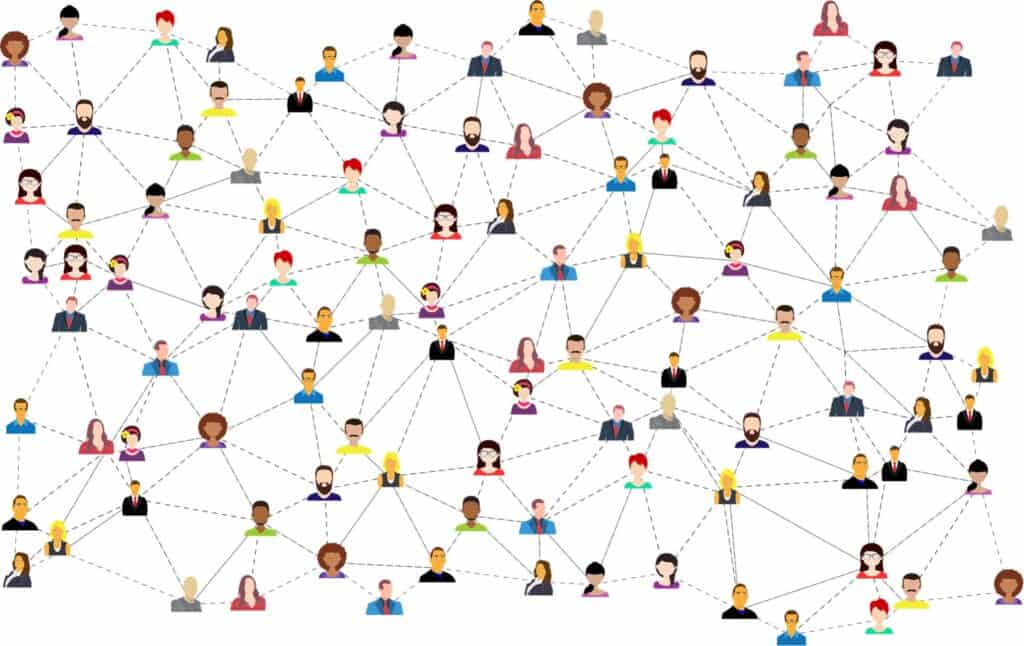Introduction:
Imagine trying to access a website, only to find it taking ages to load. Frustrating, isn’t it? That’s where Content Delivery Networks (CDNs) come to the rescue! CDNs are like superheroes that make your online experience faster, smoother, and more enjoyable. In this blog post, we’ll demystify CDNs, exploring how they work, why they’re important, and the benefits they bring to both website owners and users.
What is a Content Delivery Network (CDN)?
A Content Delivery Network (CDN) is a network of servers strategically placed across different locations worldwide. These servers store copies of website content, such as images, videos, HTML files, and more. When a user requests to access a website, the CDN selects the server closest to the user’s location to deliver the content swiftly.
How Does a CDN Work?
CDNs work their magic through a process called caching. When a website is integrated with a CDN, the CDN stores a cached version of the site’s content on its servers. This cached content includes images, CSS files, JavaScript files, and other elements that contribute to a webpage’s loading time. When a user requests a page, the CDN retrieves the cached content from the server nearest to the user, minimizing the distance the data needs to travel and reducing latency.
Benefits of Using a CDN:
- Enhanced Website Speed: CDNs significantly improve website loading times, ensuring a seamless user experience. By reducing latency and minimizing the distance between users and content servers, CDNs make websites load faster, even for users located far away from the original server.
- Global Scalability: CDNs distribute website content across multiple servers worldwide. This distribution allows websites to handle high traffic loads and sudden spikes in user requests without overburdening the origin server. In other words, CDNs help websites stay online and perform well, even during peak times.
- Improved Reliability: CDNs increase website reliability by reducing the risk of server failures. If one server encounters a problem, the CDN automatically redirects users to the nearest functioning server. This redundancy ensures that your website remains accessible and minimizes the chances of downtime.
- Bandwidth Optimization: CDNs optimize bandwidth usage by offloading the delivery of static content from the origin server. This means that the origin server can focus on handling dynamic requests, such as processing user interactions and database queries, while the CDN efficiently delivers static files like images and videos.
- Geographical Load Balancing: CDNs intelligently distribute content to servers based on the user’s location. By doing so, CDNs reduce network congestion and evenly distribute traffic across servers, preventing any single server from becoming overwhelmed. This leads to a better user experience and improved performance.
Real-Life Examples of CDN Usage:
- Netflix: The popular streaming service relies heavily on CDNs to deliver movies and TV shows to its subscribers. By utilizing CDNs, Netflix ensures that users can enjoy their favorite content without buffering or interruptions, regardless of their location.
- E-commerce Websites: Online stores often utilize CDNs to provide fast and reliable shopping experiences. CDNs ensure that product images, descriptions, and other website assets are delivered swiftly, enabling users to browse and make purchases seamlessly.
- News Websites: News sites experience high traffic during breaking news events. CDNs help these sites handle the surge in user requests by quickly delivering content to readers, regardless of their geographical location.
You may also like:
https://hackedyou.org/dns-record-explained-with-examples/
https://hackedyou.org/dns-resolver-explained/
https://hackedyou.org/understanding-network-topology/
https://hackedyou.org/10-important-browser-cookies/
https://hackedyou.org/everything-about-internet-cookies/
https://hackedyou.org/network-protocols-types-and-uses/
https://hackedyou.org/hackers-exploiting-open-ports/
https://hackedyou.org/client-server-model/
https://hackedyou.org/ip-addresses-basics-explained/
https://hackedyou.org/top-20-networking-fundamentals-for-hackers/
https://hackedyou.org/artificial-intelligence-transforming-cybersecurity/
https://hackedyou.org/top-10-major-cybersecurity-threats-in-2023/






